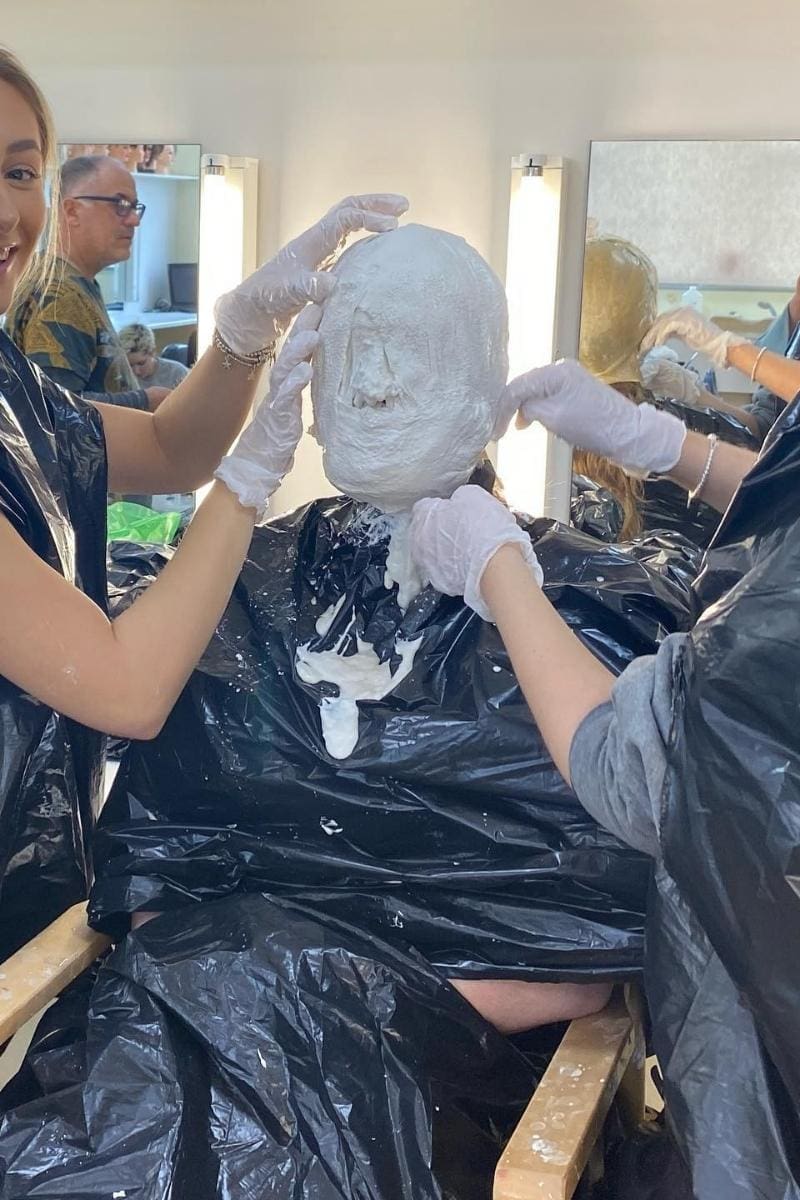Prosthetic Makeup Artists: The Unseen Heroes Behind the Movie Magic
The Role of Prosthetic Makeup Artists in Film and Television
Prosthetic makeup artists are the unsung heroes of the film and television industry. These skilled professionals are responsible for creating and applying the prosthetics that are used to alter or enhance the appearance of actors and performers. Their work is crucial to the overall look and feel of a production, and helps to bring characters and storylines to life in a way that is both realistic and imaginative.
Prosthetic makeup artists work closely with directors, producers, and actors to create the desired look and effect for a character. They can be called upon to create anything from simple makeup enhancements to elaborate prosthetic pieces that transform an actor’s appearance completely. This requires a high level of artistic skill and attention to detail, as well as the ability to work quickly and efficiently under tight deadlines.
The process of creating prosthetic makeup begins with a concept or design, which is usually developed in consultation with the director and other key personnel. The prosthetic makeup artist will then create a detailed sketch or model of the desired prosthetic, taking into account the specific requirements of the character and the production. Next, a mold is made of the actor’s face or body, which will be used to create the actual prosthetic piece.
Once the mold is complete, the prosthetic makeup artist will create the prosthetic piece using a variety of materials and techniques. These include silicone, foam latex, gelatin, or other materials, depending on the specific needs of the production. The prosthetic piece is then painted and detailed to match the actor’s skin tone and features, and can be further enhanced with makeup or other special effects.
Finally, the prosthetic makeup artist applies the prosthetic piece to the actor, using adhesives and other techniques to ensure a seamless and natural-looking fit. This involves several hours of work, depending on the complexity of the prosthetic. Once the prosthetic is in place, the actor is ready to perform, and the prosthetic
The Prosthetic Makeup Process: From Design to Application
The process of creating and applying prosthetic makeup is a complex and multifaceted endeavour that requires a high level of artistic skill, attention to detail, and technical expertise. It begins with the design and sculpting of the prosthetic piece, and culminates in the application of the piece to the actor’s face or body.
The first step in the prosthetic makeup process is the design and sculpting of the prosthetic piece. This is usually done in consultation with the director, producers, and other key personnel, who will provide guidance on the specific requirements of the character and the production. The prosthetic makeup artist will then create a detailed sketch or model of the desired prosthetic, taking into account the actor’s features and the specific requirements of the character.
Once the design is complete, the prosthetic makeup artist will create a mold of the actor’s face or body using a variety of materials and techniques. This mold will serve as the foundation for the actual prosthetic piece, and will be used to ensure an accurate and natural-looking fit.
Once the mold is complete, the prosthetic makeup artist will create the prosthetic piece using a variety of materials and techniques. These can include silicone, foam latex, gelatin, or other materials, depending on the specific needs of the production. The prosthetic piece is then painted and detailed to match the actor’s skin tone and features, and may be further enhanced with makeup or other special effects.
Finally, the prosthetic makeup artist will apply the prosthetic piece to the actor, using adhesives and other techniques to ensure a seamless and natural-looking fit. This can involve several hours of work, depending on the complexity of the prosthetic. Once the prosthetic is in place, the actor is ready to perform, and the prosthetic makeup artist’s work is complete – at least until it’s time to remove the prosthetic at the end of the day.
In short, the process of creating and applying prosthetic makeup is a demanding and challenging endeavor that requires a high level of skill and dedication. But for those who are dedicated to this field, the rewards are immeasurable, as they get to bring characters and stories to life in a way that is both realistic and imaginative.



